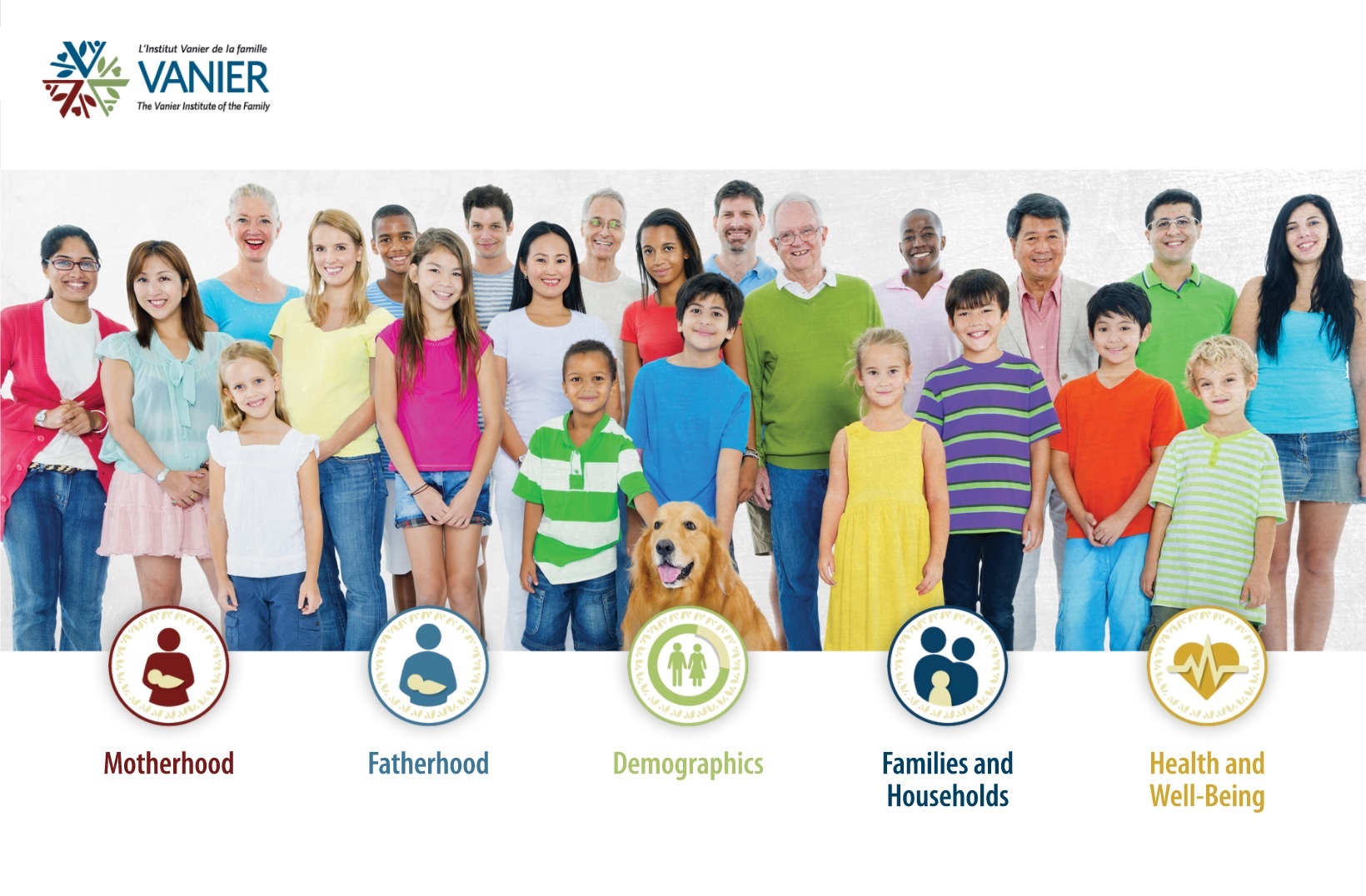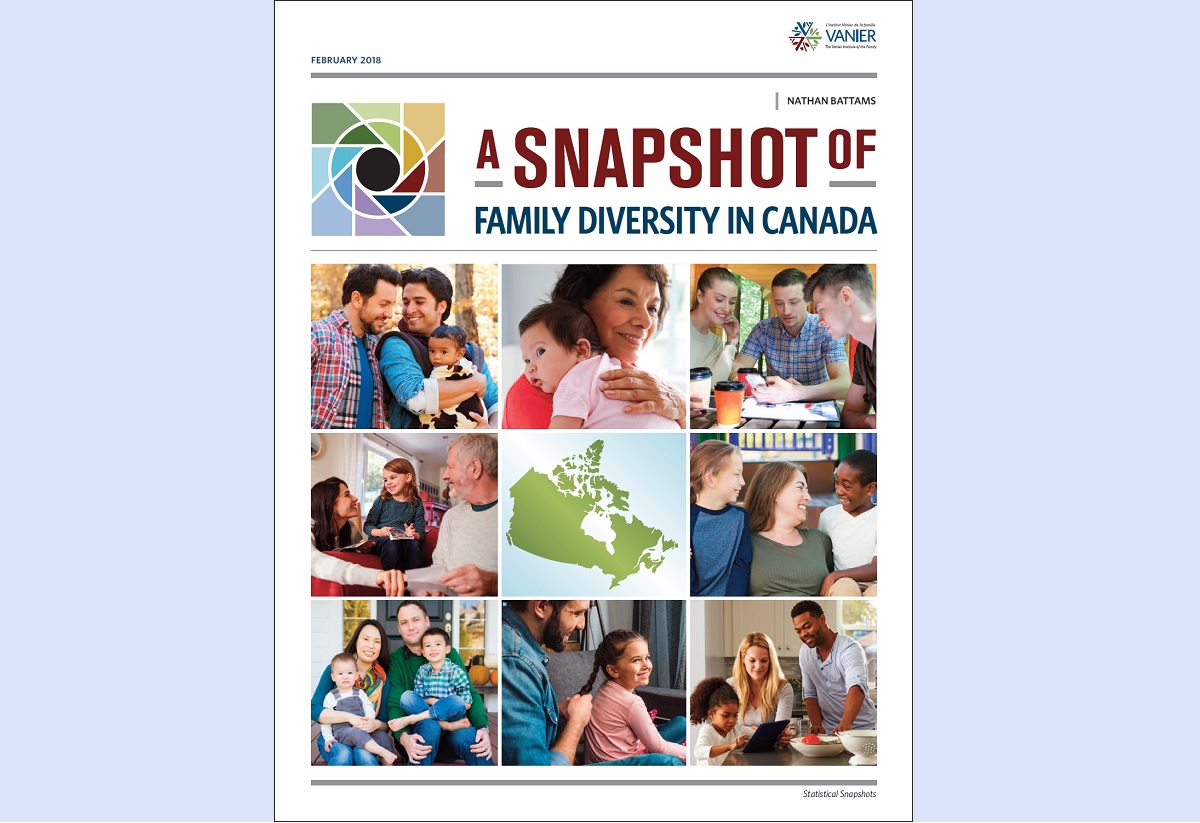Andrea Doucet is a Tier 1 Canada Research Chair in Gender, Work, and Care, Professor in Sociology and Women’s and Gender Studies at Brock University, and Adjunct Professor at Carleton University and the University of Victoria (Canada). She has published widely on care/work policies, parental leave policies, fathering and care, and gender divisions and relations of paid and unpaid work. She is the author of two editions of the award-winning book Do Men Mother? (University of Toronto Press, 2006, 2018), co-author of two editions of Gender Relations: Intersectionality and Social Change (Oxford, 2008, 2017), and co-editor of Thinking Ecologically, Thinking Responsibly: The Legacies of Lorraine Code (SUNY, 2021). She is currently writing about social-ecological care and connections between parental leaves, care leaves, and Universal Basic Services. Her recent research collaborations include projects with Canadian community organizations on young Black motherhood (with Sadie Goddard-Durant); feminist, ecological, and Indigenous approaches to care ethics and care work (with Eva Jewell and Vanessa Watts); and social inclusion/exclusion in parental leave policies (with Sophie Mathieu and Lindsey McKay). She is the Project Director and Principal Investigator of the Canadian SSHRC Partnership program, Reimagining Care/Work Policies, and Co-Coordinator of the International Network of Leave Policies and Research.
Topic: Common-law
Shelley Clark
Shelley Clark, James McGill Professor of Sociology, is a demographer whose research focuses on gender, health, family dynamics, and life course transitions. After receiving her PhD from Princeton University in 1999, Shelley served as program associate at the Population Council in New York (1999–2002) and as an Assistant Professor at the Harris School of Public Policy at the University of Chicago (2002–2006). In the summer of 2006, she joined the Department of Sociology at McGill, where in 2012 she became the founding Director of the Centre on Population Dynamics. Much of her research over two decades has examined how adolescents in sub-Saharan Africa make key transitions to adulthood amid an ongoing HIV/AIDS epidemic. Additional work has highlighted the social, economic, and health vulnerabilities of single mothers and their children in sub-Saharan Africa. Recently she has embarked on a new research agenda to assess rural and urban inequalities and family dynamics in the United States and Canada. Her findings highlight the diversity of family structures in rural areas and the implications of limited access to contraception on rural women’s fertility and reproductive health.
Denise Whitehead
Denise Whitehead is an Associate Professor and Chair of the Department of Sexuality, Marriage, and Family Studies, and cross-appointed in Sociology and Legal Studies, at St. Jerome’s University, in the University of Waterloo. Denise is a trained lawyer (Osgoode Hall, Bar of Ontario) and social scientist (PhD, Family Relations and Human Development, University of Guelph). Denise conducts socio-legal research on practice and policy issues related to separation and divorce that affect all members of the family system. Denise’s teaching covers a wide breadth of topics including parents and children; relationship formation and dissolution; family law; family policy; conflict in close relationships; and caregiving.
Families Count 2024: Family Structure
Family Structure is the first section of a larger report that will also explore family work, family identity, and family wellbeing.
Then and Now: A 30-Year Look at Family Structures in Canada
Report: The Rights of Common-Law Partners in Canada
An overview of legal rights of people in common-law relationships across Canada.
Timeline: 50 Years of Families in Canada (1971‑2021)
Learn about how families and family experiences in Canada have changed over the past 50 years with our new timeline!
Families in Canada Interactive Timeline
Today’s society and today’s families would have been difficult to imagine, let alone understand, a half-century ago. Data shows that families and family life in Canada have become increasingly diverse and complex across generations – a reality highlighted when one looks at broader trends over time.
But even as families evolve, their impact over the years has remained constant. This is due to the many functions and roles they perform for individuals and communities alike – families are, have been and will continue to be the cornerstone of our society, the engine of our economy and at the centre of our hearts.
Learn about the evolution of families in Canada over the past half-century with our Families in Canada Interactive Timeline – a online resource from the Vanier Institute that highlights trends on diverse topics such as motherhood and fatherhood, family relationships, living arrangements, children and seniors, work–life, health and well-being, family care and much more.
View the Families in Canada Interactive Timeline.*
Full topic list:
- Motherhood
o Maternal age
o Fertility
o Labour force participation
o Education
o Stay-at-home moms
- Fatherhood
o Family relationships
o Employment
o Care and unpaid work
o Work–life
- Demographics
o Life expectancy
o Seniors and elders
o Children and youth
o Immigrant families
- Families and Households
o Family structure
o Family finances
o Household size
o Housing
- Health and Well-Being
o Babies and birth
o Health
o Life expectancy
o Death and dying
View all source information for all statistics in Families in Canada Interactive Timeline.
* Note: The timeline is accessible only via desktop computer and does not work on smartphones.
Published February 8, 2018
A Snapshot of Family Diversity in Canada (February 2018)
Download A Snapshot of Family Diversity in Canada (February 2018).
For more than 50 years, the Vanier Institute of the Family has monitored, studied and discussed trends in families and family life in Canada. From the beginning, the evidence has consistently made one thing clear: there is no single story to tell, because families are as diverse as the people who comprise them.
This has always been the case, whether one examines family structures, family identities, family living arrangements, family lifestyles, family experiences or whether one looks at the individual traits of family members, such as their ethnocultural background, immigration status, sexual orientation or their diverse abilities.
Building on our recent infographic, Family Diversity in Canada (2016 Census Update), our new Statistical Snapshot publication provides an expanded and more detailed portrait of modern families in Canada, as well as some of the trends that have shaped our vibrant and evolving family landscape over the years. Based on current data and trend analysis, this overview shows that diversity is, was and will continue to be a key characteristic of family life for generations to come – a reality that contributes to Canada’s dynamic and evolving society.
Highlights include:
- According to Statistics Canada, there were 9.8 million Census families living across Canada in 2016.
- 66% of families in Canada include a married couple, 18% are living common-law and 16% are lone-parent families – diverse family structures that continuously evolve.
- Among Canada’s provinces, people in Quebec stand out with regard to couple/relationship formation, with a greater share living common-law than the rest of Canada (40% vs. 16%, respectively) and fewer married couples (60% vs. 84%, respectively) in 2016.
- In 2016, 1.7 million people in Canada reported having an Aboriginal identity: 58% First Nations, 35% Métis, 3.9% Inuk (Inuit), 1.4% other Aboriginal identity and 1.3% with more than one Aboriginal identity.
- In 2016, 22% of people in Canada reported that they were born outside the country – up from 16% in 1961.
- In 2016, more than 1 in 5 people in Canada (22%) reported belonging to a visible minority group, 3 in 10 of whom were born in Canada.
- 73,000 same-sex couples were counted in the 2016 Census, 12% of whom are raising children.
- In 2016, there were nearly 404,000 multi-generational households in Canada – the fastest-growing household type since 2001 (+38%).
- In 2011, 22% of Inuk (Inuit) grandparents, 14% of First Nations grandparents and 5% of Métis grandparents lived with their grandchildren, compared with 3.9% of among non-Indigenous grandparents.
- In 2014, 1 in 5 Canadians aged 25 to 64 reported living with at least one disability. Disability rates were higher for women (23%) than men (18%).
- More than one-quarter (27%) of Canadians surveyed in 2014 said religion is “very important” in their lives.
- One-quarter of Canadians reported “no religious affiliation” in the 2011 Census (most recent data available), up from 17% in 2001.
Download A Snapshot of Family Diversity in Canada (February 2018).
Infographic: Modern Couples in Canada
Just as families have evolved across generations, so too have the couple relationships that are a major part of Canada’s “family landscape.” This perpetual change is both a reflection of and a driving force behind some of the evolving social, economic, cultural and environmental forces that shape family life.
Dating, marriage, cohabitation, common-law relationships – the ways people choose to come together, or decide to move apart, are as diverse as the couples themselves. There are, however, some broad trends being witnessed across the country, with family structures diversifying, people forming couple relationships at later ages and family finances taking on a more egalitarian structure.
Using new data from the 2016 Census, the Vanier Institute of the Family has published an infographic on modern couples in Canada.
Highlights include:
- In 2016, married couples accounted for 79% of all couples in Canada, down from 93% in 1981.
- One-quarter of “never-married” Canadians say they don’t intend to get married.
- In 2016, 21% of all couples in Canada were living common-law, up from 6% in 1981.
- The share of twentysomething women (37%) and men (25%) living in couples has nearly halved since 1981 (falling from 59% and 45%, respectively).
- In 2016, 12.4% of all couple families in Canada with children under 25 were stepfamilies, down slightly from 12.6% in 2011.
- There are 73,000 same-sex couples in Canada, 12% of whom are raising children.
- 1 in 5 surveyed Canadians reported in 2011 that their parents are separated or divorced, up from 10% in 2001.
- The share of people living in mixed unions nearly doubled between 1991 and 2011, from 2.6% to 4.6%.1
- 69% of couples with children were dual-earner couples in 2014, up from 36% in 1976.
Download the Modern Couples in Canada infographic from the Vanier Institute of the Family
Notes
- Statistics Canada defines a mixed union as “a couple in which one spouse or partner belongs to a visible minority group and the other does not, as well as a couple in which the two spouses or partners belong to different visible minority groups.”
Infographic: Family Diversity in Canada 2016
International Day of Families is approaching on May 15, a special day to recognize the importance of family to communities across the globe. Parents, children, grandparents, great-grandparents, aunts, uncles, siblings, cousins and the friends and neighbours we care for (and who care for us) all make unique and valuable contributions to our lives, our workplaces and our communities.
As we reflect on Canada’s 9.9 million families, one thing that’s clear is that there’s no such thing as a cookie-cutter family. Families are as diverse and unique as the people who comprise them, and they are all an essential part of Canada’s family landscape.
For this year’s International Day of Families, we’ve created an infographic providing a “snapshot” of modern families in Canada that highlights some of the many ways families are diverse:
- 67% of families in Canada are married-couple families, 17% are living common-law, and 16% are lone-parent families – diverse family structures that continuously evolve
- 464,000 stepfamilies live across the country, accounting for 13% of couples with children
- 363,000 households contain three or more generations, and there are also approximately 53,000 “skip-generation” homes (children and grandparents with no middle generation present)
- 1.4 million people in Canada report having an Aboriginal identity (61% First Nations, 32% Métis, 4.2% Inuit, 1.9% other Aboriginal identity, 0.8% more than one Aboriginal identity)
- 360,000 couples in Canada are mixed unions,* accounting for 4.6% of all married and common-law couples
- 65,000 same-sex couples were counted in the 2011 Census, 9.4% of whom are raising children
- 68,000 people in Canada are in the CAF Regular Forces, half of whom have children under 18
As His Excellency The Right Honourable David Johnston, Governor General of Canada, expressed at the Families in Canada Conference 2015, “Families, no matter their background or their makeup, bring new and special patterns to our diverse Canadian tapestry.” Join us as we recognize and celebrate family diversity, from coast to coast to coast.
Download the Family Diversity in Canada 2016 infographic.
* Statistics Canada defines a mixed union as “a couple in which one spouse or partner belongs to a visible minority group and the other does not, as well as a couple in which the two spouses or partners belong to different visible minority groups.”
Timeline: Fifty Years of Women, Work and Family in Canada
While mothers in Canada have always played a central role in family life, there’s no question that the social, economic, cultural and environmental contexts that shape – and are shaped by – motherhood have evolved over time.
A growing share of mothers are managing paid work and family responsibilities compared with previous generations, and the dynamic relationships between women, work and family continue to evolve. To explore these relationships through a broader lens, we’ve created a 50-year timeline for Mother’s Day 2016 that explores some of the long-term trends over the past half century, including:
- An increase in women’s participation in the paid labour force, which has grown from 40% in 1968 to 82% in 2014 for those aged 25 to 54
- A growing share of “breadwinning” moms among single-earner couple families, which has steadily increased from 4% of earners in these families in 1976 to 21% in 2014
- A significant drop in the low-income rate among single mothers, which has fallen from 54% in 1976 to 21% in 2008
- A declining fertility rate, which stood at 3.94 women per children in 1959 during the peak of the baby boom, but has since dropped to 1.61 in 2011
- A continually rising average age of first-time mothers, up from 24.3 years of age in 1974 to 28.5 in 2011
- A greater amount of time mothers are spending with family, with women reporting 421 minutes (7 hours) per day with family in 2010, up from 403 minutes (6.7 hours) in 1986
This bilingual resource is a perpetual publication, and it will be updated periodically as new data emerges. Sign up for our monthly e-newsletter to find out about updates, as well as other news about publications, projects and initiatives from the Vanier Institute.
Enjoy our new timeline, and happy Mother’s Day to Canada’s 9.8 million moms!
Download the Fifty Years of Women, Work and Family in Canada timeline.
Timeline: 50 Years of Families in Canada
Today’s society and today’s families would have been difficult to imagine, let alone understand, a half-century ago.
Families and family life have become increasingly diverse and complex, but families have always been the cornerstone of our society, the engine of our economy and at the centre of our hearts.
Learn about how families and family experiences in Canada have changed over the past 50 years with our new timeline!









